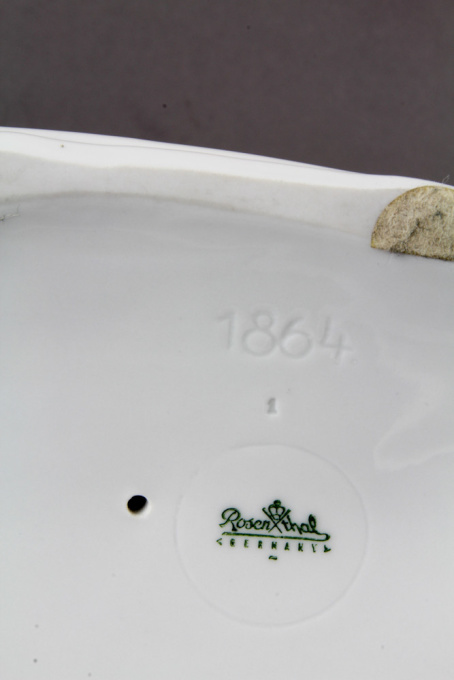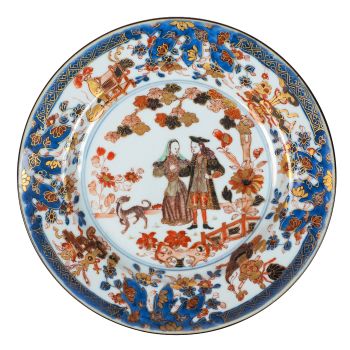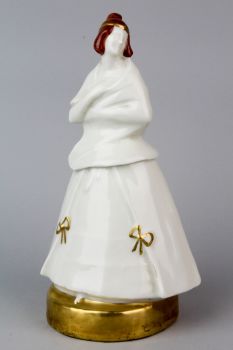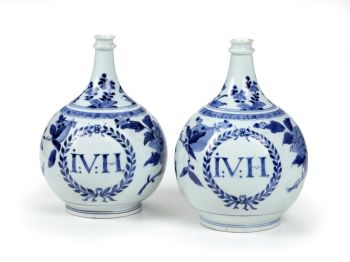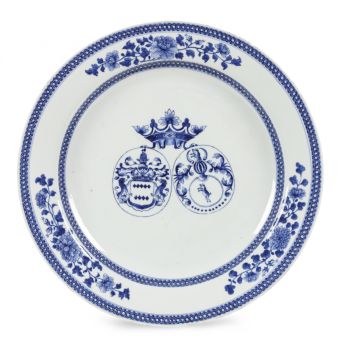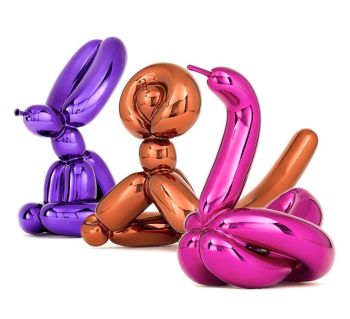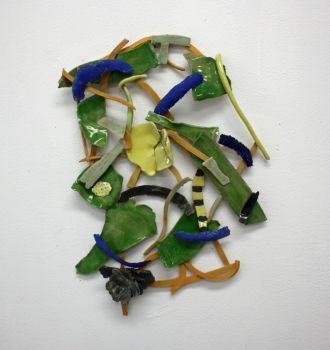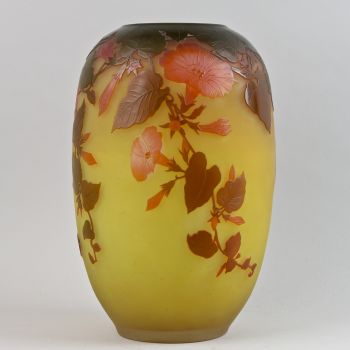Rosenthal, Harald Kreutzberg 1951 - 1954
Waldemar Fritsch
Porcelain
42.50 cm
ConditionMint
€ 7.500
Passage Arts
- About the artwork3 Figurines in white porcelain presenting the German dancer/ choreographer/ actor Harald Kreutzberg,
by the German sculptor Waldemar Fritsch (1909-1978), made for Rosenthal in resp. 1951 en 1954.
Height: 40, cm, 30 cm en 42,5 cm.
Harald Kreutzberg (1902-1968) was the most famous male representative of the German dance in the 20th century and was regarded as the "best dancer since Nijinsky".
From 1923 he appeared at the Hannover opera house as a solo dancer with his own choreography.
In 1926 he toured successfully through the United States with the dancer Yvonne Georgi, where he met in 1934 the dancer Ruth Page with whom he toured through Hawaï, Japan, Shanghai and Wladiwostok.
In 1941 he was appointed to leader of the State Academy for dance in Vienna.
After many triumphs as a dancer and dance teacher all over the world he received in 1952 the German Dance prize for the "life's work of the greatest German dancer since 25 years".
In 1968 Kreutzberg died at the age of 66 in Bern, Switzeland.
Eventually separately for sale. - About the artist
Waldemar Fritsch was a Sudeten-German porcelain sculptor and ceramist, who lived and worked in Ansbach
Waldemar Fritsch was born in 1909 as a tenth and last child in Altrohlau part of the double monarchy of Austria-Hungary. After graduating from the Volks und Bürgerschule, Fritsch trained as a porcelain tool and mold founder in the "Viktoria" porcelain factory in Altrohlau. The area around Egerland, Karlovy Vary and Teplitz-Schönau were regarded as important sites of the porcelain and ceramics industry. Technical schools for the technical and artistic training of ceramists existed in Karlovy Vary (since 1925) and Teplitz-Schönau (1875), and in 1811 porcelain was produced in Altrohlau.
Fritsch went to the Prague School of Fine Art from 1929 and the Porzellanfachschule Karlsbad-Fischern from 1926. In his creations, he drew attention by the artistic quality of small sculptures such as the terracotta-relief "Jugend," a kitten and chicken group as well as a lying wolfshund. In Prague, he created porcelain sculptures of Saint Sebastian, a loreley, a cockatoos, and a woman with a child and a baby.
In 1934, Fritsch received an assistant position at the state school for ceramics in Teplitz-Schönau, which he took over in the autumn of 1938. In 1939, he was awarded a professorship for applied sculpture to the State College of the Porcelain Industry in Karlovy Vary. After denouncing the Nazis, Fritsch was imprisoned in Dresden and Berlin by the Gestapo in 1939. When freed in 1940 , he was forbidden to work. From 1943 and until the war ended, he served in the war service Wehrmacht.
In 1946, he moved to southwest Germany with his 80-year-old parents, where he found a new home in Ansbach in 1947 after temporary stays in Stuttgart-Wendlingen and Ellingen. A period of great creativity followed after moving to Ansbach. His porcelain sculptures were in the Ansbach museum, which dedicated a special exhibition to Fritsch in 1963. He died 13 July 1978 in Ansbach.
Are you interested in buying this artwork?
Artwork details
Related artworks
- 1 - 4 / 6
- 1 - 4 / 24
Samuel Dejong
Anatomia Blue Heritage, Atlas Closed2017 - 2019
Price on requestVilla del Arte Galleries
1 - 4 / 24- 1 - 4 / 12






